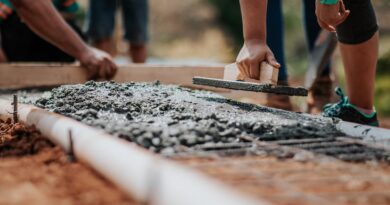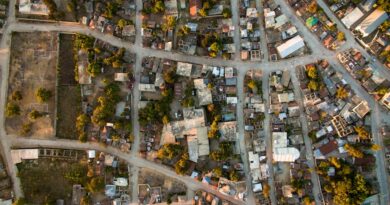Strengthening Neighborhood Networks: Building Stronger Communities
Neighborhoods are the building blocks of our society, the backbone of our communities. They are where we live, work, play, and connect with others. A strong, vibrant neighborhood network is essential for fostering a sense of belonging, promoting social cohesion, and enhancing the overall quality of life for residents. But how do we strengthen these networks? What strategies can we employ to build stronger, more resilient communities? In this comprehensive guide, we will explore the various aspects of neighborhood networks, from the importance of community engagement to the role of technology in connecting residents. Join us on this journey as we delve into the world of neighborhood networks and discover how we can work together to create thriving, interconnected communities.
The Importance of Community Engagement
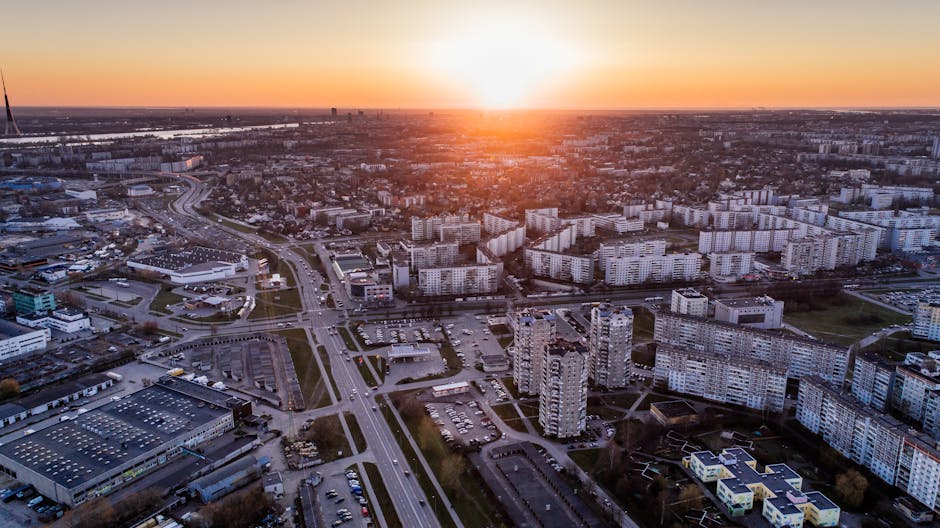
Community engagement is the cornerstone of a strong neighborhood network. When residents are actively involved in their community, they feel a sense of ownership and pride in where they live. This leads to increased social capital, improved trust among neighbors, and a greater willingness to work together to address common challenges.
One way to promote community engagement is through the establishment of neighborhood associations or community groups. These organizations provide a platform for residents to come together, share ideas, and collaborate on projects that benefit the entire community. By attending neighborhood meetings, participating in volunteer activities, and getting to know their neighbors, residents can build strong connections that form the foundation of a robust neighborhood network.
For example, in the city of Portland, Oregon, the neighborhood association system has been instrumental in fostering community engagement and building strong neighborhood networks. Through regular meetings, community events, and neighborhood improvement projects, residents have been able to come together to address issues such as crime prevention, traffic safety, and park maintenance. The result is a more cohesive and connected community where residents feel a sense of belonging and pride in their neighborhood.
The Role of Technology in Connecting Residents
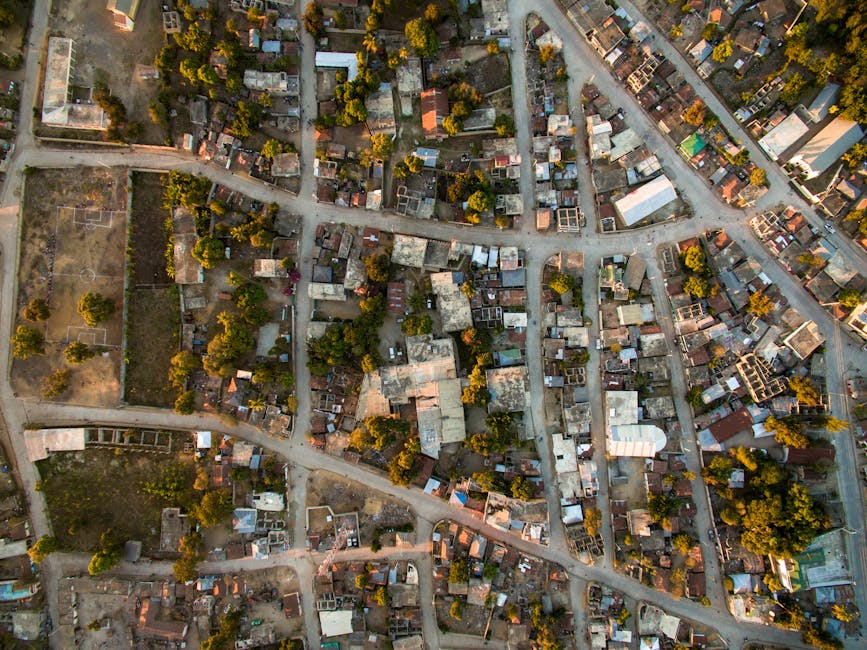
In today’s digital age, technology plays a crucial role in connecting residents and strengthening neighborhood networks. From social media platforms to neighborhood-specific apps, technology has made it easier than ever for residents to communicate, organize, and collaborate on community projects.
One popular tool for connecting residents is Nextdoor, a social networking platform designed specifically for neighborhoods. Nextdoor allows residents to create private online communities where they can share information, ask for recommendations, and communicate with their neighbors. By providing a virtual space for residents to connect, Nextdoor has helped to break down barriers and foster a sense of community among neighbors who may not have otherwise interacted.
Another example of technology’s impact on neighborhood networks is the rise of community-based crowdfunding platforms. Websites such as Kickstarter and GoFundMe have enabled residents to raise funds for neighborhood projects, such as community gardens, playgrounds, and public art installations. By leveraging the power of technology, residents can come together to support initiatives that benefit the entire community, strengthening the bonds between neighbors and building a sense of shared purpose.
Building Social Capital through Shared Spaces
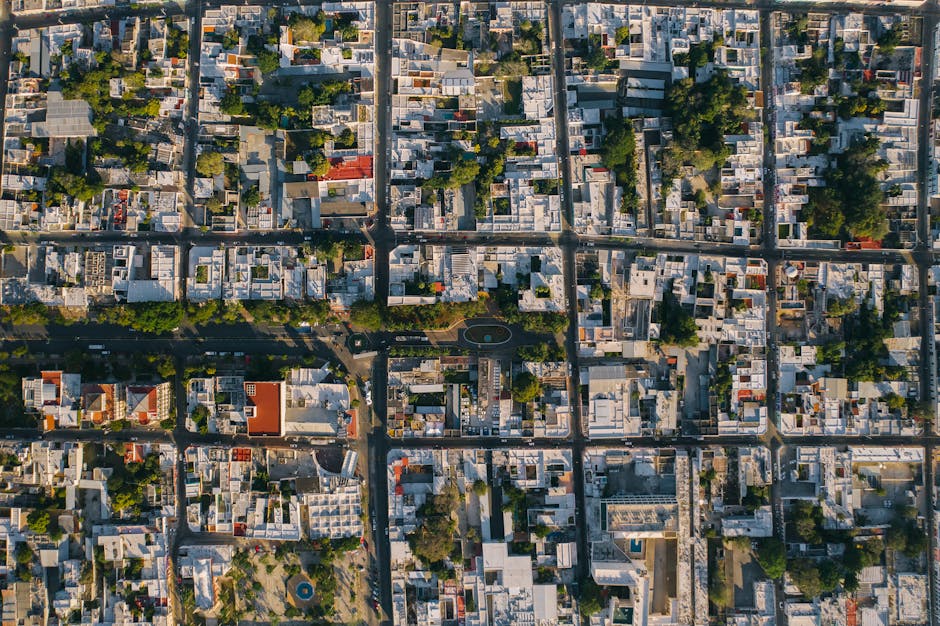
Shared spaces are another key component of building strong neighborhood networks. Whether it’s a community center, park, or library, shared spaces provide residents with a place to gather, socialize, and engage with one another. By creating opportunities for residents to come together in a neutral, welcoming environment, shared spaces help to build social capital and strengthen the bonds between neighbors.
One example of a successful shared space initiative is the Little Free Library movement. Started in 2009, the Little Free Library project encourages residents to build small book-sharing boxes in their neighborhoods. These miniature libraries provide a space for residents to exchange books, foster a love of reading, and connect with their neighbors. By promoting literacy and community engagement, Little Free Libraries have become a beloved fixture in neighborhoods around the world, helping to strengthen neighborhood networks and build a sense of community pride.
Similarly, community gardens are another example of a shared space that can contribute to the strength of neighborhood networks. By providing residents with a place to grow food, connect with nature, and work together on a common goal, community gardens foster a sense of community spirit and cooperation. Residents who participate in community gardening projects often form lasting friendships, share resources, and support one another in times of need, creating a strong sense of community and belonging.
Empowering Residents through Participatory Planning
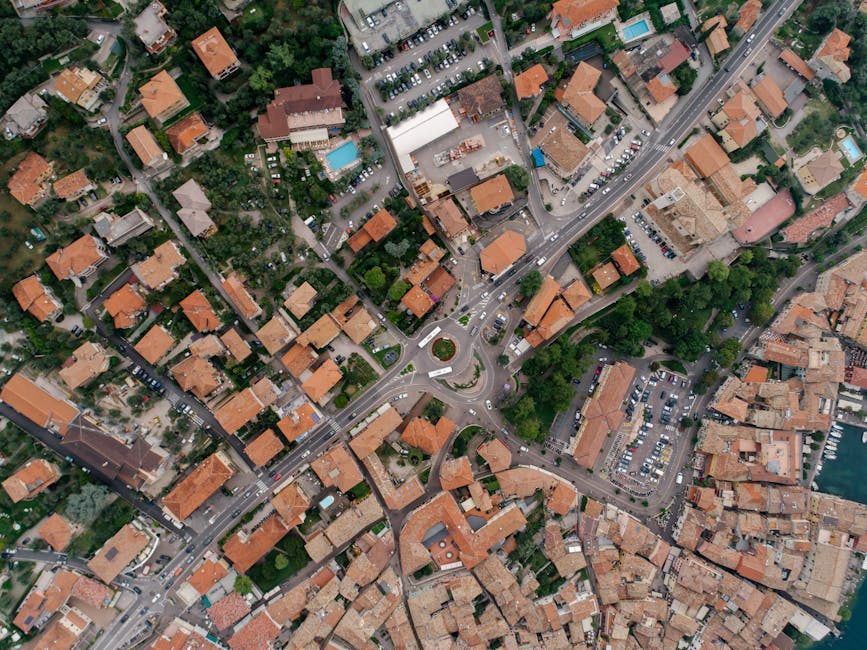
Participatory planning is a process that empowers residents to take an active role in shaping the future of their neighborhood. By involving residents in decision-making processes, planning initiatives, and community development projects, participatory planning can help to build trust, foster collaboration, and strengthen neighborhood networks.
One example of participatory planning in action is the concept of placemaking. Placemaking is a collaborative process that involves residents, community organizations, and local government working together to improve public spaces, streetscapes, and neighborhoods. By engaging residents in the design and activation of public spaces, placemaking projects can help to create vibrant, inclusive, and welcoming neighborhoods that reflect the needs and priorities of the community.
Another example of participatory planning is the use of neighborhood planning councils. These councils bring together residents, business owners, and community stakeholders to develop strategies for improving the quality of life in their neighborhood. By collaborating on issues such as housing, transportation, and economic development, neighborhood planning councils can help to build consensus, mobilize resources, and create a shared vision for the future of the community.
Fostering Intergenerational Connections
Intergenerational connections are a vital component of strong neighborhood networks. By bringing together residents of different ages, backgrounds, and experiences, neighborhoods can create a rich tapestry of relationships that enhance social cohesion, promote understanding, and build a sense of community across generations.
One way to foster intergenerational connections is through the development of programs and initiatives that bring older adults and young people together. For example, intergenerational community centers, mentorship programs, and joint activities can provide opportunities for residents of all ages to interact, share knowledge, and learn from one another. By breaking down age barriers and promoting intergenerational dialogue, neighborhoods can create a more inclusive and cohesive community that values the contributions of residents of all ages.
Another example of fostering intergenerational connections is through the creation of shared spaces that cater to residents of all ages. For instance, intergenerational playgrounds, community gardens, and recreation centers can provide opportunities for residents to come together, engage in activities, and build relationships across generations. By creating spaces that are accessible, inclusive, and welcoming to residents of all ages, neighborhoods can promote social integration, reduce isolation, and strengthen neighborhood networks.
Expert Opinions
To gain further insights into the importance of strengthening neighborhood networks, we reached out to Dr. Jane Jacobs, a renowned urban planner and author. According to Dr. Jacobs, “Neighborhood networks are the lifeblood of communities. By building strong connections between residents, fostering a sense of belonging, and promoting collaboration, neighborhoods can create a sense of place that enhances the quality of life for all residents.” Dr. Jacobs emphasizes the importance of community engagement, shared spaces, and participatory planning in strengthening neighborhood networks and building vibrant, connected communities.
Conclusion
To wrap things up, strengthening neighborhood networks is essential for building stronger, more resilient communities. By promoting community engagement, leveraging technology, creating shared spaces, empowering residents through participatory planning, and fostering intergenerational connections, neighborhoods can create a sense of belonging, promote social cohesion, and enhance the overall quality of life for residents. As we work together to build stronger neighborhood networks, we can create thriving, interconnected communities where residents feel connected, supported, and valued.
Let’s continue to invest in our neighborhoods, build relationships with our neighbors, and work together to create a better future for all. Strengthening neighborhood networks is not just about building stronger communities it’s about creating a sense of place that we can all call home.


